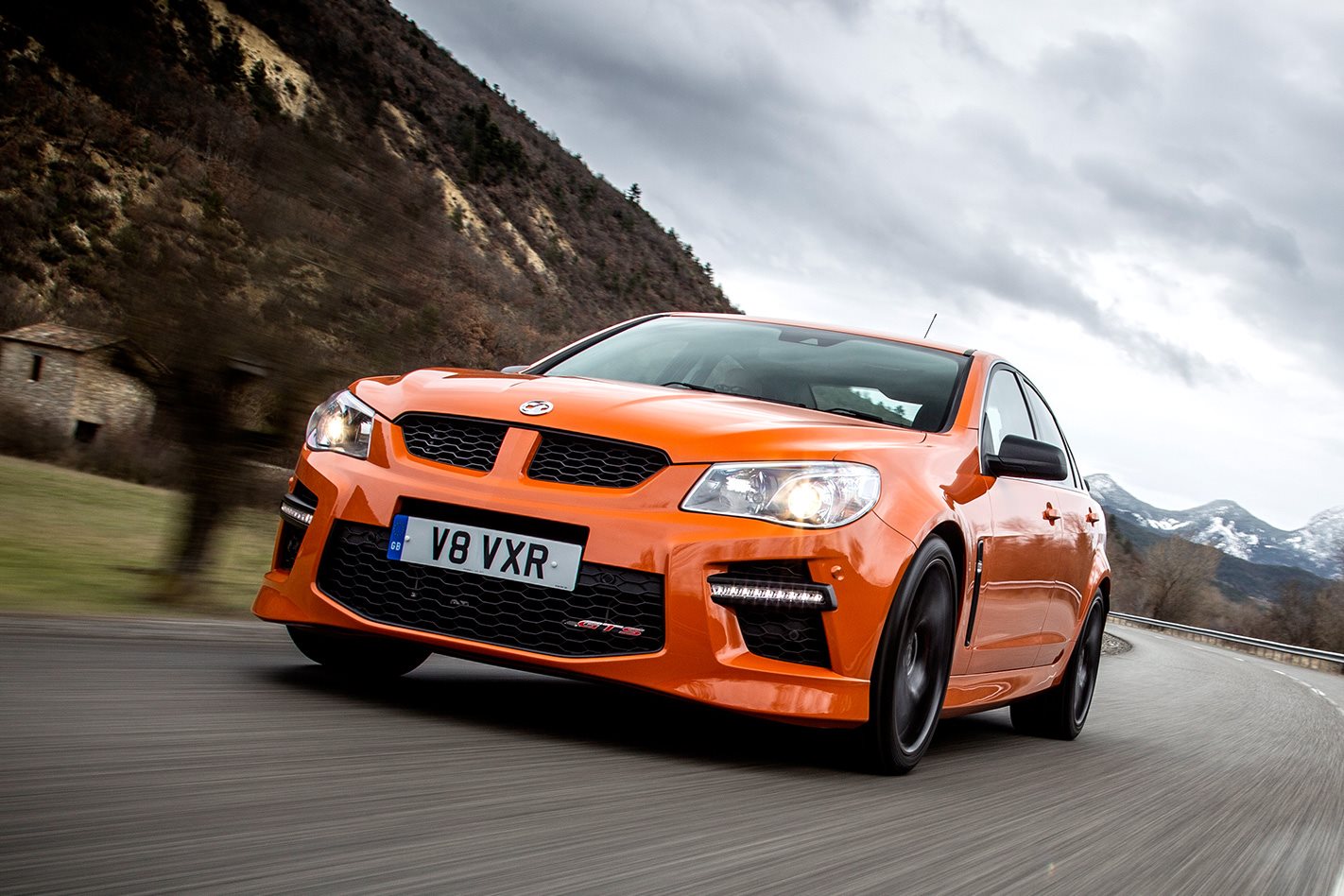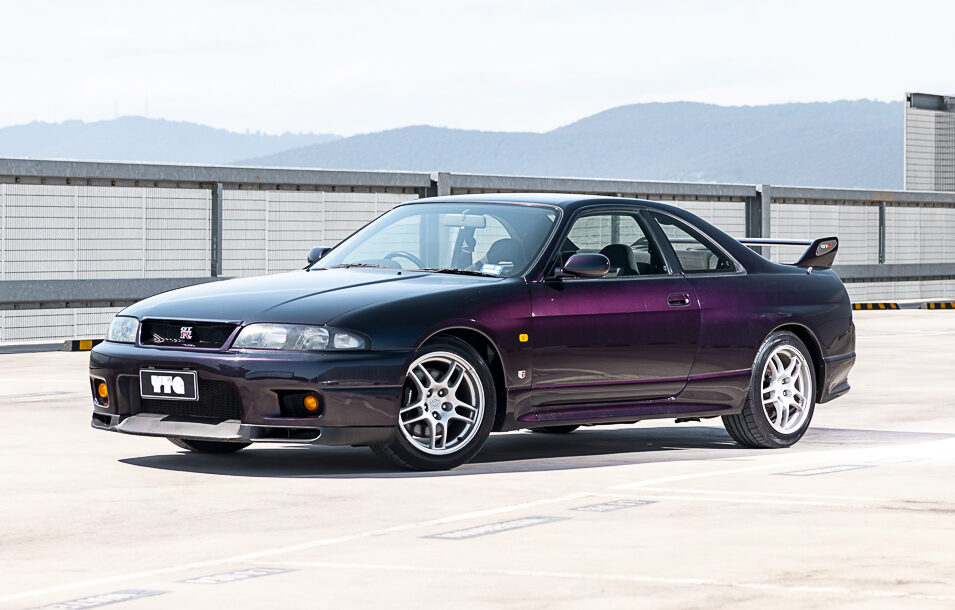It was 12 December 2013, the day after Holden announced it would stop manufacturing cars in Australia by the end of 2017.
This story was originally published in our May 2014 issue
When the early starters arrived at Holden Special Vehicles head office in Clayton for work they found a handwritten note taped to the glass front door.
“I’m a proud HSV owner! Please don’t stop making them after 2017.”
“It was just a really nice note so we left it on the door as people walked in, just to go ‘y’know we have a passionate customer base, we do great work’,” says Tim Jackson, HSV’s managing director.
“I think we have proven many times that we can do things people don’t think we can do. Our job is to continue doing that. Let’s do something that people don’t think we could do.”
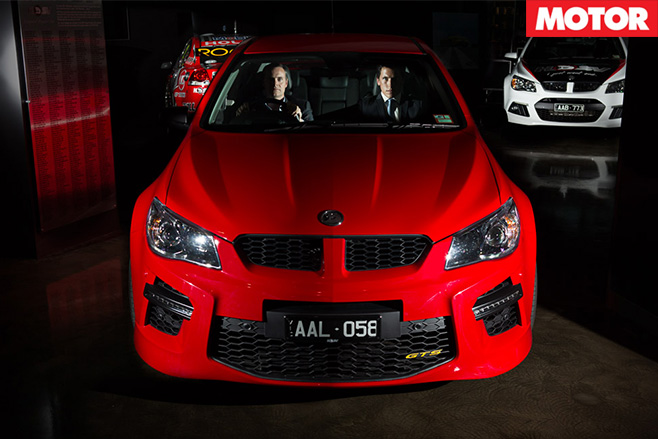
HSV, with some other limited ventures acknowledged, has had its greatest success taking rear-wheel drive V8 Commodores to the next level. Three core ingredients are essential to the mix: improve their performance, add technology, make them look tougher.
That credo has never been more emphatically stated than with the supercharged Gen-F GTS, a car that’s impressed MOTOR on road and track and sold – by HSV’s modest standards – incredibly well.
At a time when HSV needs to redefine its relationship with both Holden and General Motors, the GTS has helped inform the likes of Stefan Jacoby, GM international operations boss – who made the recommendation to stop building cars in Australia – and Gerry Dorizas, new Holden MD – who has the role of moving Holden from manufacturer to importer – of its abilities.
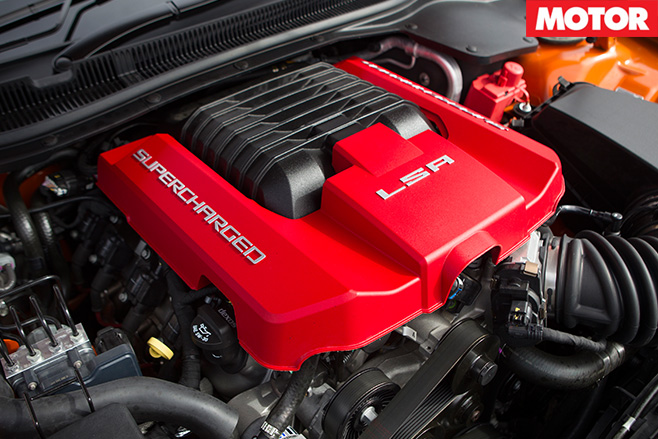
It’s a view to hearten the faithful, but company chairman Ryan Walkinshaw cautions just about every scenario you can dream up potentially exists for HSV right now, including shutting down. The desire, however, is to maintain links with Holden beyond 2017.
“There is a lot of water that needs to go under the bridge for that to happen,” he cautions. “At the end of the day we have a great relationship with Holden, and Holden, like most car companies, needs to have a halo brand to go with it.
“We are capable of doing that, the relationship with Holden has been great for a long period of time and I am sure both parties are certainly going to work as hard as we can to try to come to some sort of arrangement to continue to do what we are doing into the future.”
Walkinshaw, who took over the family business after his father Tom died in late 2010 and Jackson, who replaced veteran Phil Harding as MD only in February after five years working on the marketing and sales side of the business, are two players critical to shaping the future HSV.
Analysis of what shape HSV could take and what vehicles it would build began some time before former Holden MD Mike Devereux made the formal closure announcement at Elizabeth.
Holden’s swap from manufacturer to importer means the range of vehicles it will sell in Australia potentially opens up dramatically. It could cherry pick from whatever part of the GM empire it deems appropriate. That potentially means a far wider portfolio for HSV too, ranging from small cars to SUVs.
The sedan that replaces the locally-built Commodore in 2018 is expected to be based on the front/all-wheel drive Epsilon II architecture (or its E2XX successor) and HSV’s engineers have assessed just what can be done with that.
An all-wheel drive V6 sports sedan is certainly doable, as OPC, Opel’s HSV equivalent, has demonstrated with the 239kW Insignia which was recently reintroduced to the Australian market.
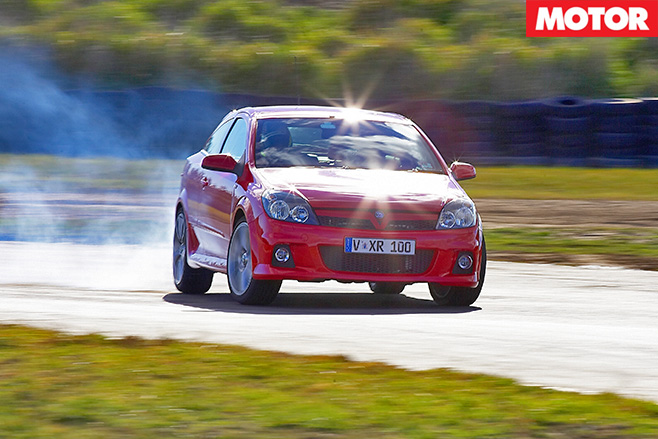
“The higher you get up the performance pyramid the harder it is to add that value,” admits Jackson. In other words, the harder it is to build in a profit margin.
Walkinshaw and Jackson’s view is production of HSV models should continue to be at the same factory where the core vehicle is built, then finished off at HSV’s Clayton facility. The difference is cars would arrive by ship from overseas, rather than trucked from the Elizabeth plant.
“That build process still works even if it is in another country or continent,” insists Jackson. He continues, “our job is to find out how that works and make sure at the end of the day we deliver a great car. That’s the goal. We need to figure out how that process flow works.”
Adds Walkinshaw: “Keeping us as a company that genuinely makes Australian cars and makes them in Australia would be great but if we have no other option then we are happy to look at manufacturing abroad and importing them as well.”
Rear-wheel drive and V8 will remain the core of the business whatever it evolves into. Clearly, within the GM world, HSV has to look to North America to scratch that itch; the Chevrolet Camaro and the iconic Corvette are both potential targets, although the “performance pyramid” poses issues, neither is currently built in right-hand drive and putting anything other than a bow-tie badge on the latter would be a difficult sell internally let alone externally.
The greatest opportunity lies in the much-mooted replacement for the Chevrolet SS, which is currently based on the Commodore SS-V Redline. Using GM’s new Alpha architecture and developed and built in the USA, it would be definitely exported to Australia, serving both Holden and HSV’s needs.
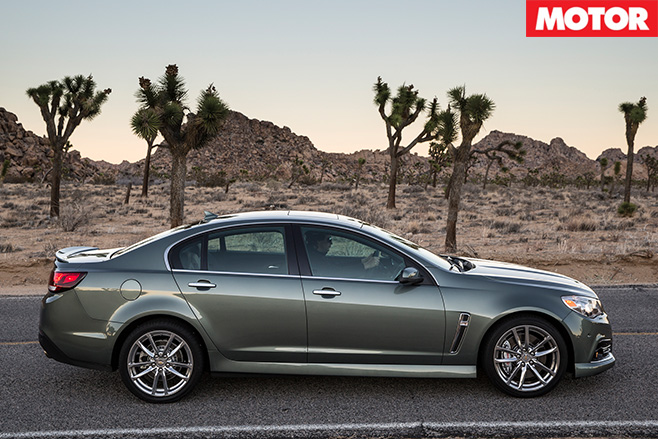
Chevy has no such ‘halo’ brand at the moment and three former Holden bosses high in GM’s global structure – Devereux, Alan Batey and Mark Reuss – understand and like the HSV business model. And HSVs have already been re-badged overseas, notably as Vauxhalls in the UK.
“That’s a much bigger discussion that we need to have, but obviously that’s something we are setting our sights on going forward,” confirms Walkinshaw.
“We are trying to expand what we do as the Walkinshaw Group in general pretty rapidly and every opportunity that we see there is an opportunity we can deliver on, we are going to look to try and deliver on.
“We think something like [CSV] could work. It depends on what products are available [and] discussions with GM going forward. It’s a lot of factors we have to take into account, but I think we are pretty confident in what we do.”

